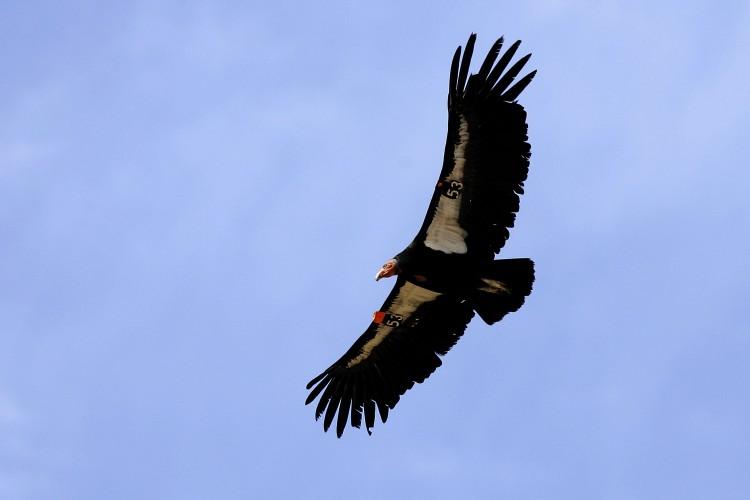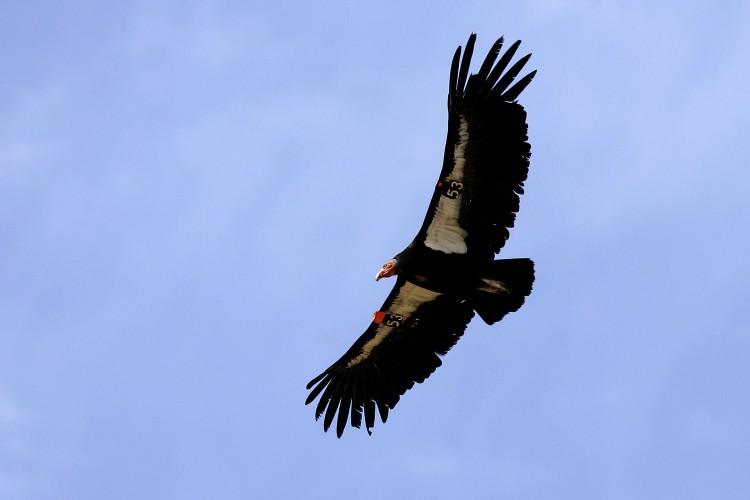The California condor, once on the verge of extinction, is still threatened by toxic levels of lead in the environment, according to a new study.
The lead is primarily from ammunition and is preventing the condor population from recovering.
“We will never have a self-sustaining wild condor population if we don’t solve this problem,” said study lead author Myra Finkelstein of the University of California–Santa Cruz in a press release.
Condors are scavengers that feed on the carcasses of large animals. Ingestion of lead bullets in carrion left behind by hunters is a major threat to their survival.
Along with poaching and habitat destruction, ammunition lead poisoning has been responsible for the near-extinction of the bird, dwindling the population down to just 22 birds in 1982.
Since then, captive breeding of the remaining individuals has resulted in a population of just over 400 birds at last count. However, the study found that from 1997 to 2010, nearly half of the birds in the wild had suffered from lead poisoning.
Moreover, the researchers found that each year, about one in five condors need treatment for lead poisoning, and another 30 percent of condors experience sublethal health effects from lead exposure.
The results show that the current partial ban on using lead bullets in condor habitats has been ineffective.
“Unfortunately, even if only a few people are still using lead ammunition, there will be enough contaminated carcasses to cause lead poisoning in a significant number of condors,” Finkelstein explained.
“We found that over the course of ten years, if just one half of one percent of carcasses have lead in them, the probability that each free-flying condor will be exposed is 85 to 98 percent, and one exposure event could kill a condor.”
The experts believe that without better regulations, the condor population can only be sustained with management efforts, estimated to cost $5 million annually.
The findings were published online in the Proceedings of the National Academy of Sciences on June 25.
The Epoch Times publishes in 35 countries and in 19 languages. Subscribe to our e-newsletter






